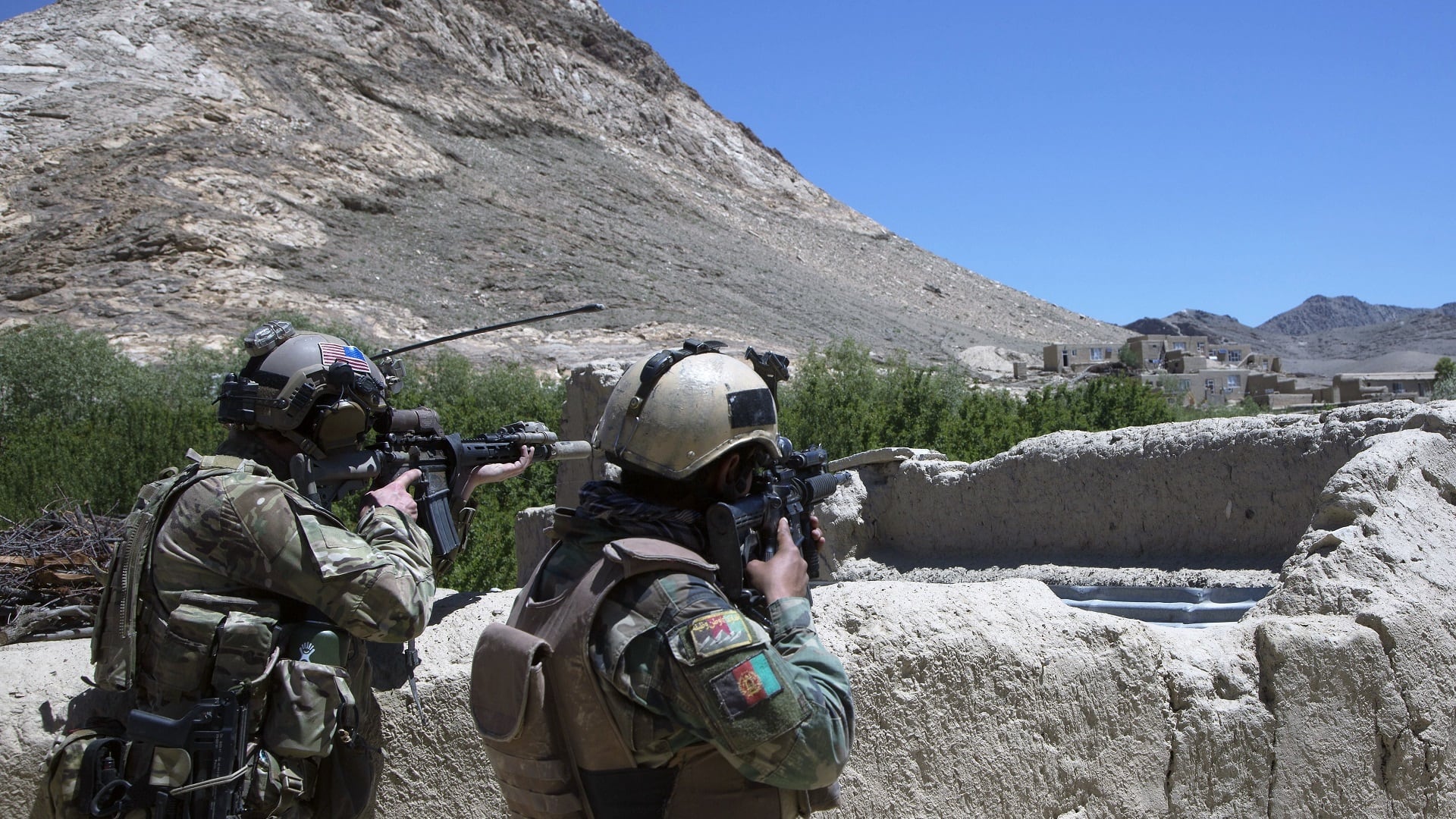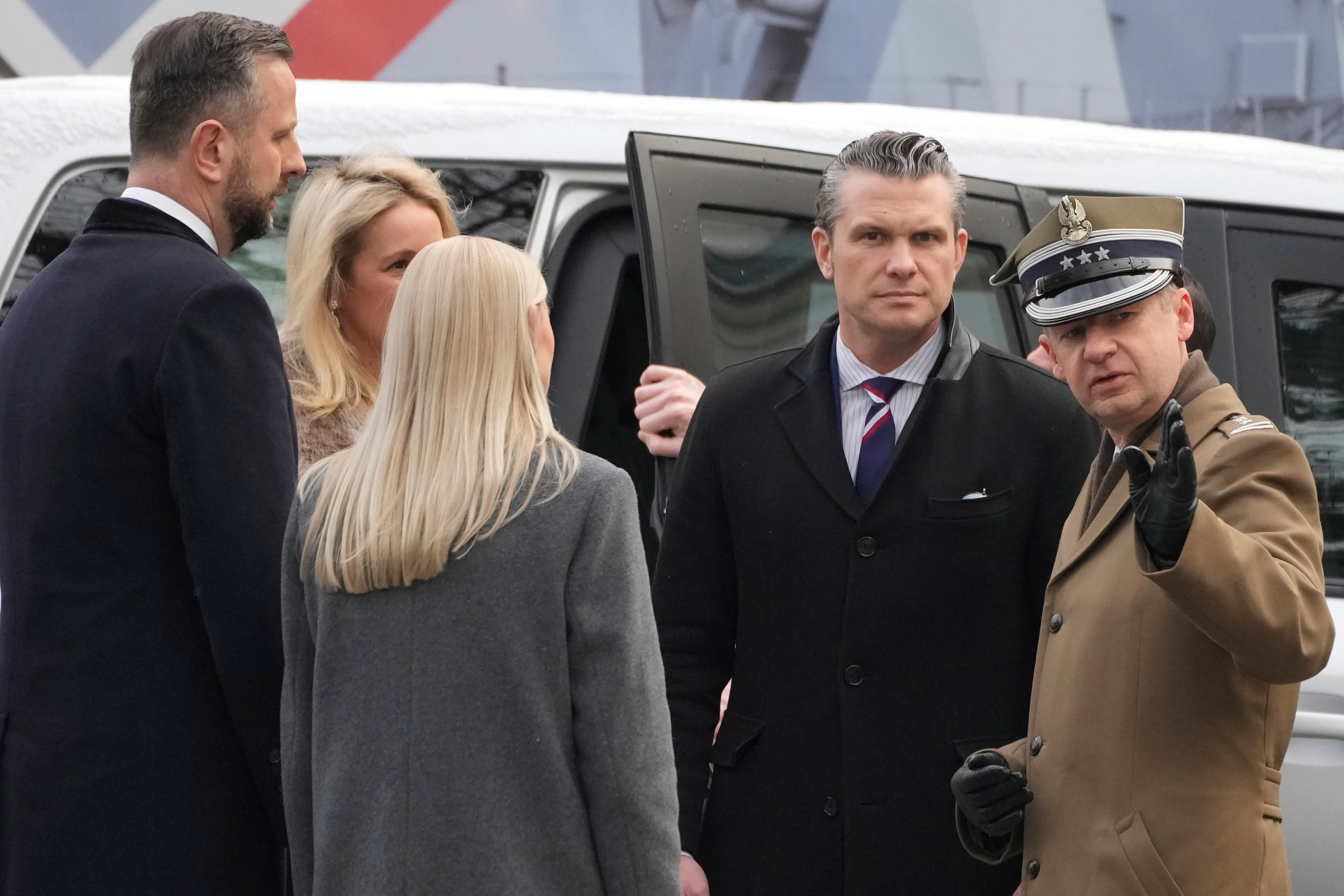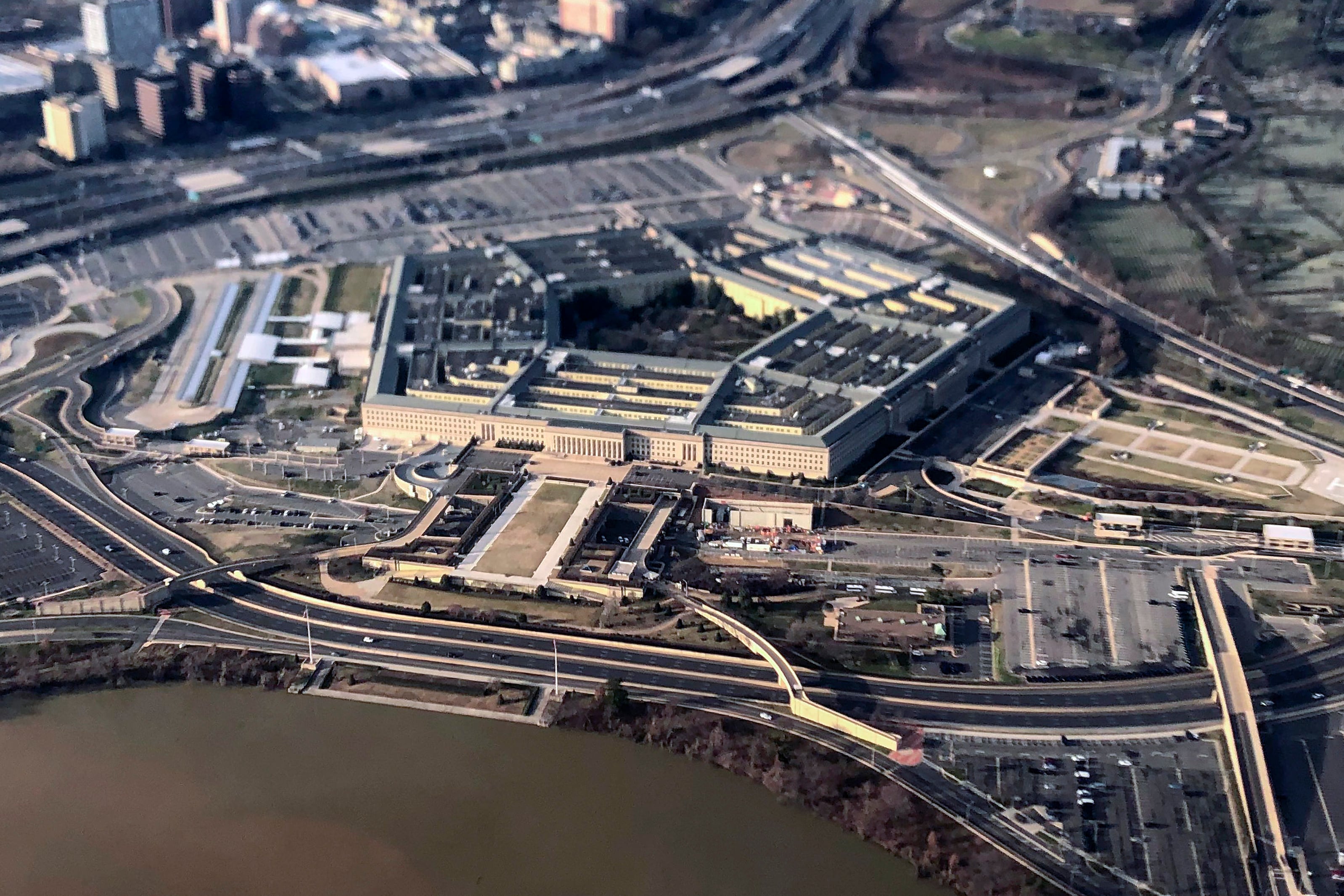A Taliban siege on the eastern Afghan city of Ghazni has reportedly been lifted, partially thanks to U.S. Air Force fighters, bombers, drones and special operations airmen on the ground.
On Friday, Taliban forces began an assault across Afghanistan’s Ghazni province, taking over multiple districts centers and penetrating the urban defenses of Ghazni city itself. Following their assault, in which the Taliban claimed they occupied government buildings, a military base and the city prison, the insurgents were met by U.S. military and Afghan government assets, and melted back into the rural countryside.
U.S. Air Force A-10 ground-attack aircraft, B-1 bombers and F-16 fighters flew in support of the Afghan-led clearance operation, “although only A-10s and F-16s conducted strikes,” Lt. Col. Martin O’Donnell, a spokesman for U.S. forces in the country, told Air Force Times.
Unmanned drones — such as the MQ-9 Reaper — also conducted strikes in support of ground forces, he said.
Some airmen were reportedly on the ground during the fighting as well, co-located with U.S. special operations teams advising Afghan forces.
At least one U.S. service member, reportedly a pararescue jumper assigned to an Army Green Beret team, was wounded in the fighting. A picture showing the alleged airman receiving the Purple Heart was tweeted out Monday by “BK,” a former Air Force pararescueman who does a podcast.
O’Donnell confirmed that the U.S. service member in the photo was wounded in or around Ghanzi, but he would not release additional details.
Air Force combat controllers, tactical air control party members and pararescue airmen regularly embed with special operations ground units in order to provide close-air support and augment medical capabilities.
“From a U.S. Forces-Afghanistan perspective, U.S. airpower has killed more than 220 Taliban since [Friday],” O’Donnell said. “In addition to the initial strike on Friday, U.S. forces conducted five strikes Saturday, 16 strikes Sunday, [and] 10 Monday.”
O’Donnell said that as clearing operations continue, U.S. advisers have seen a dramatic decrease in Taliban activity in the area, with nothing of significance to report.
"Yesterday, we only conducted two strikes and none thus far today,” he said Wednesday.
While the attack was ultimately repelled, the fact that the Taliban were able to threaten a major city along Highway 1 — an ancient ring road that loops around Afghanistan — has concerned some experts.
FDD’s Long War Journal, which monitors the Afghan war and Taliban activity, wrote that NATO’s Resolute Support mission over-relies on body count numbers as a measure of success.
“These numbers are based on reports from the Afghan ministries of Defense and Interior, which are notorious for inflating Taliban, Islamic State and other insurgent casualties,” Long War Journal senior fellow Bill Roggio wrote this week.
“Resolute Support and the U.S. military are currently attempting to downplay the seriousness of the situation in Ghazni City and the surrounding areas," Roggio wrote Monday. "Resolute Support insists the Afghan government is in full control of Ghazni City and claims Highway 1 is open, despite evidence to the contrary.”

U.S. officials, though, claim the Taliban targeted civilian infrastructure in order to make the situation seem worse than it was.
“One of the Taliban’s first targets was a radio tower, which blocked outgoing communication and allowed the Taliban to falsely claim ‘successes’ that we have since disproven — the city prison was not attacked and its prisoners were not freed, Highway 1 was not blocked and the city center and government buildings never fell into their hands," O’Donnell said.
“Everything we saw in Ghazni is commensurate with the Taliban’s modus operandi — they attack for the purposes of gaining attention and recognition as being stronger than they are at the expense of the Afghan people,” O’Donnell added. “However, they retreat once directly and decisively engaged by Afghan National Defense and Security Forces as they are unable to seize terrain and unable to match us [Afghan, NATO and U.S. forces] militarily.”
As with the Farah city siege in May, it does not appear as though the Taliban are trying to actually control major urban areas, as they do in rural districts far from Afghan government supply lines. Instead, the Taliban attack large cities and depart in an effort to demoralize, tire and delegitimize Afghan forces.
Kyle Rempfer was an editor and reporter who has covered combat operations, criminal cases, foreign military assistance and training accidents. Before entering journalism, Kyle served in U.S. Air Force Special Tactics and deployed in 2014 to Paktika Province, Afghanistan, and Baghdad, Iraq.





